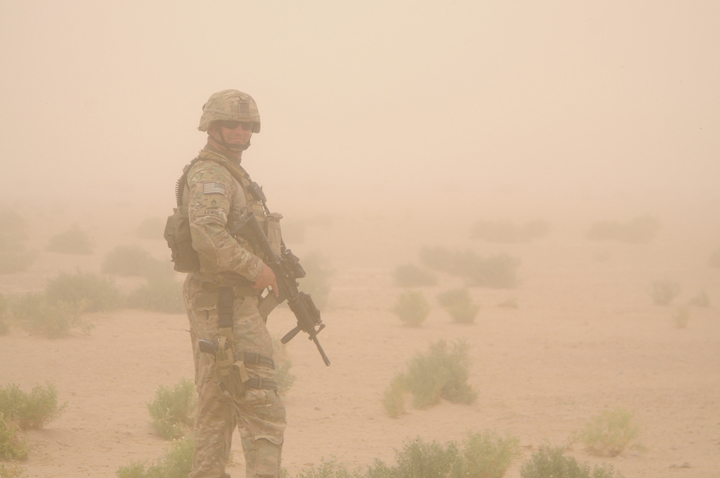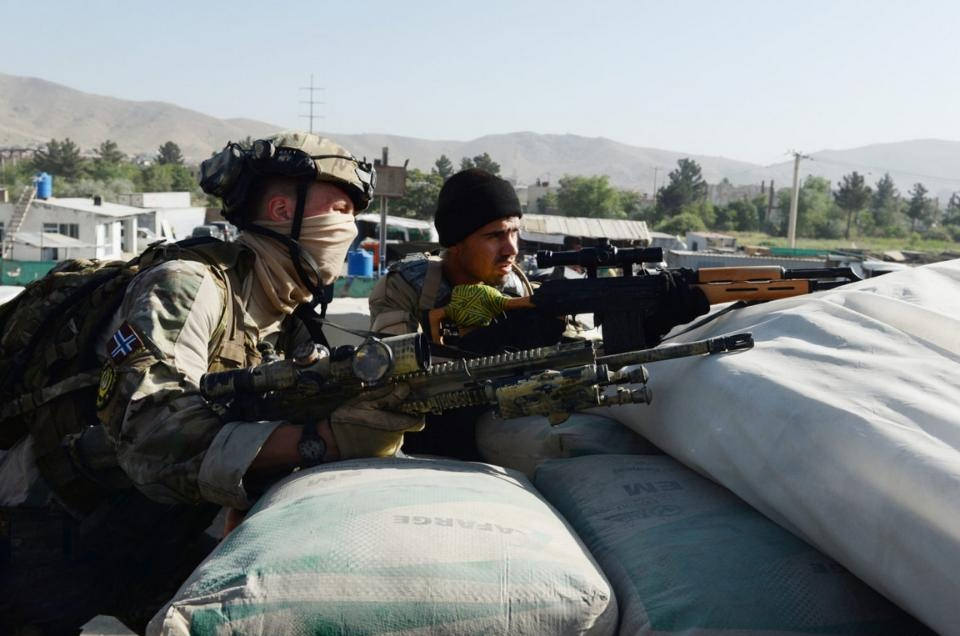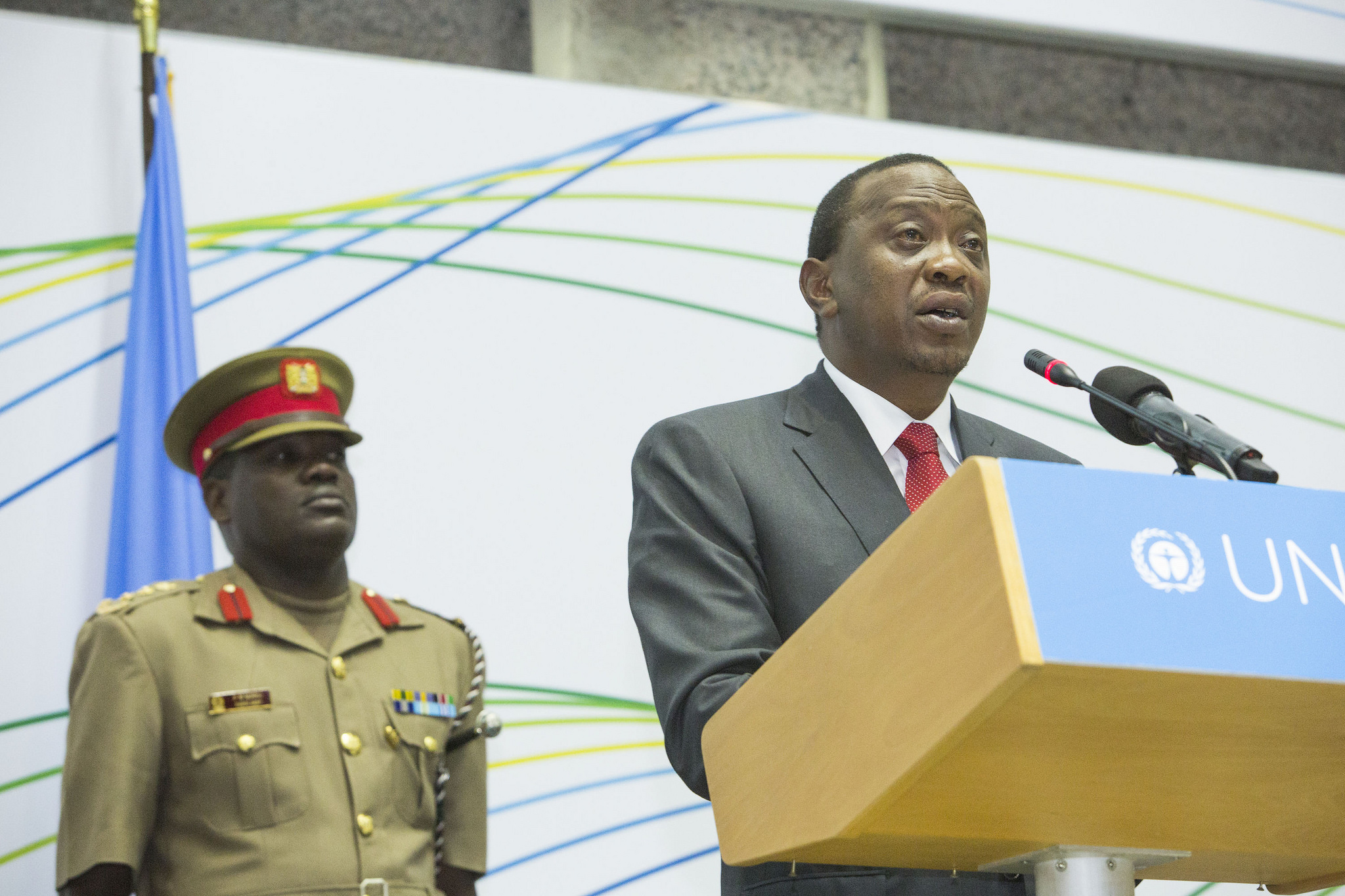By Roland Paris

I have an op-ed article in yesterday’s Globe and Mail, a Canadian newspaper, which the editors titled “Is corruption the cost of saving Afghanistan?” The first few lines of the article convey the gist of my argument:
It was fitting that last weekend’s international donors’ conference on Afghanistan took place in Tokyo: The event resembled the city’s famous kabuki theatre, with its ritualized drama of grand gestures and hidden meanings.
The centrepiece of the meeting was a pledge by donors, including Canada, for $16-billion in development aid to Afghanistan over the next four years in exchange for the Kabul government’s commitment to fight corruption, among other things.
In fact, there is virtually no chance that the Afghan government will tackle corruption – and everyone knows it… [T]he unspoken reality is that the United States, which drives international policy on Afghanistan, appears to have resigned itself to this kleptocracy.”
In the rest of the article I explore the question of why international donors continue the charade of reaching new agreements on anti-corruption measures with the Karzai government. I argue that this charade mollifies public opinion in the donor countries, which might otherwise turn strongly against the funding of a corrupt government in Afghanistan. (My argument echoes Michael Barnett and Christoph Zuercher’s concept of a “peacebuilders’ contract” between international interveners and local leaders to create the appearance of change “while leaving largely intact existing state-society relations.”)
I didn’t have space in the op-ed to examine specific terms of the “mutual accountability framework” that emerged from the Tokyo donors’ conference. A number of media reports from the conference stated that the international community was now demanding reform in exchange for additional development aid, and that a portion of these funds would henceforth be tied to the Afghan government’s performance in meeting specific reform objectives, including anti-corruption targets. Indeed, in a background briefing to reporters, a senior State Department official encouraged journalists to describe the mutual accountability framework as “something important,” in part because it was “pretty specific” about incentives for the Afghan government to effect reforms.
The problem with these accounts is that there are, in fact, very few anti-corruption measures in the framework, and most of the measures that are included are vague enough to be finessed. Worse, there is no effective enforcement mechanism. The agreement requires, for instance, that the Government of Afghanistan “enact and enforce the legal framework for fighting corruption including, for example, annual asset declarations of senior public officials including the executive, legislative and judiciary.” It is not difficult to imagine the Afghan government issuing incomplete versions of such declarations based on creative interpretations of what counts as “assets.” In any event, there is no sign that the Afghan government will incur significant penalties – political or economic – if it fails to meet these undertakings. While the mutual accountability framework says that joint monitoring bodies and ministers will meet regularly to review progress, no sanctions are specified. Apparently, individual countries must decide on penalties if the goals are ignored.
True, the document suggests that donors will make more of their aid contingent on progress towards fighting corruption. Many journalists reporting from the donors’ conference highlighted these provisions of the framework. “Up to 20 percent of the money would depend on the government meeting governance standards,” wrote Jane Perlez in the New York Times, for example. However, the document actually says that donors will “aim” to increase the share of their aid in incentive programs “to 10 percent in 2014, with a goal of 20 percent of funding through incentive mechanisms by the end of the Transformation Decade.” When is the end of this “Transformation Decade”? That would be 2024. By that time, the only people who will remember this document and its commitments will be a handful of Ph.D. students working on the archives of the Afghan mission. Furthermore, “aim” is weaker language than “commit,” and 10 percent of development assistance – the amount that donors will “aim” to tie by 2014 – is not much. Most likely, when 2014 rolls around (which promises to be a tumultuous year, given the scheduled departure of U.S. combat forces and Afghanistan’s presidential election) even this modest undertaking will be overshadowed by events.
That is my point: The fact that the anti-corruption provisions in the Tokyo mutual accountability framework are so few, so vague, and so lacking in means of enforcement lends support to my thesis that they are intended primarily for show, not for genuine implementation.
These paragraphs did, however, perform another important function: generating reports in Western newspapers suggesting progress on anti-corruption in Afghanistan, which in turn provided a measure of political cover for Western governments to continuing spending large sums of money to support an Afghan governance system in which corruption is endemic.








0 comments